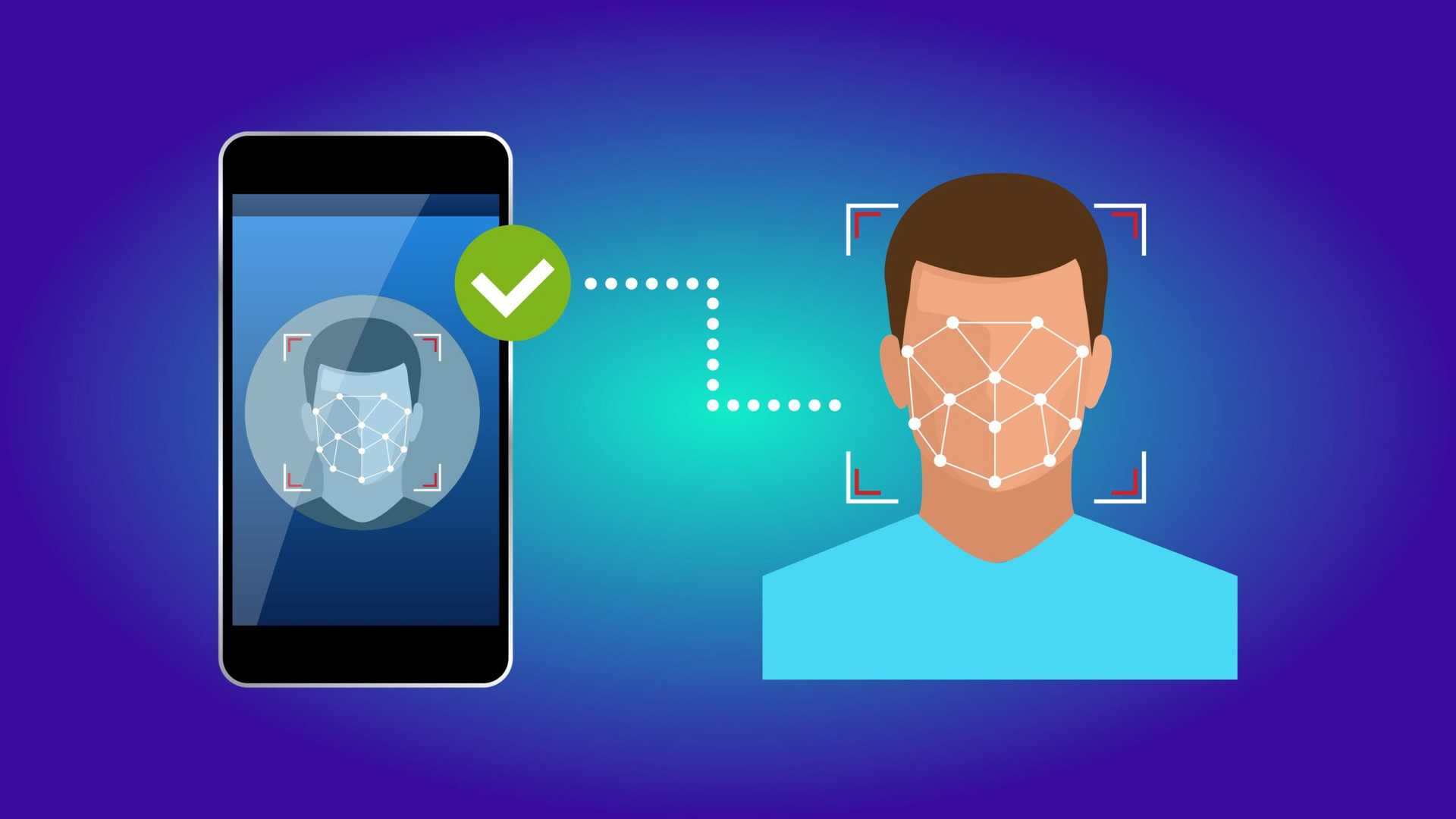
October 25, 2023
Let’s get real. It’s a pain generating unique long alpha-numeric passwords and 2-factor authentications for every web or app service we use today, often ending up using the same old password (we can remember) across services and skipping 2fas if not enforced. Even if you use a password manager to generate and auto-fill your state-of-the-art strong passwords, you’re still vulnerable to attacks like Phishing, where a website looks identical to the one you are trying to access, although in reality it is a fraudulent copy -trying to use and steal your passwords as soon as they’re entered.
Using a 2-factor authentication is handy in this situation. Still, it involves either SMS-based OTPs or authenticator apps like Authy or Google Authenticator for TOTPs, requiring cellular connectivity or installation of additional apps. Not to mention, if you lose your password manager, it will be a nightmare.
Enter Passkey
Passkey is a new passwordless authentication, standard by the FIDO alliance that aims to replace passwords and 2FAs, providing a faster, easier, and more secure authentication process.
Passkeys work on public-key architecture, generating public and private keys for each web or app service you use. The public key is saved on the web/mobile service server you intend to use, and the private key is kept securely on your local device, e.g. your Smartphone. Every modern smartphone processor today has a Secure Element which will generate and save these passkeys, which means not even you can read or directly access your private key.
Whenever you want to authenticate on a service,- a signature generated from your saved public key will be sent to your device, and you can authenticate this signature using your private key + Biometric Authentication, e.g. your device PIN, fingerprint or Face ID. Once the signature from the public key and private key matches, you’ll be successfully logged in, meaning you don’t have to enter any password or OTPs, saving you from creeping eyes while entering your passwords in the coffee shops. The Private key never leaves your device, and you don’t need to remember everything, + it’s Phishing proof since Phishing sites won’t have your public key anyway 😉
So, to actually hack you, the hacker will require your device + your fingerprints/FaceID, and I don’t wanna imagine that scenario anyway.
Passkey in Action
Every service you wish to use will generate a unique passkey that can be synced across all your devices using the ecosystem cloud sync, e.g. iCloud or password manager provided by your browser. You can also share your passkeys with devices and people you want. Hardware keys like Yubikeys can also be used to generate and save passkeys. If you’re on a desktop, you can still use your mobile device for passkey authentication using QR codes generated by the services while trying to log in. The QR code can then be scanned by your phone and finished with the passkey authentication.
For businesses, it saves cost on OTP services you provide for your users, and it’s pretty easy to add support for passkeys in your web or mobile applications using already existing authentication APIs offered for all major platforms – iOS, Android, Chrome, etc.
To start with Passkeys, look at the services already supporting it at https://www.passkeys.io/who-supports-passkeys and join the Passwordless train.
Participate in our ongoing survey and share your thoughts to help us and our partners build a secure experience for You!
Contact us
Swan Buildings (1st floor)20 Swan StreetManchester, M4 5JW+441612400603community@developernation.net


